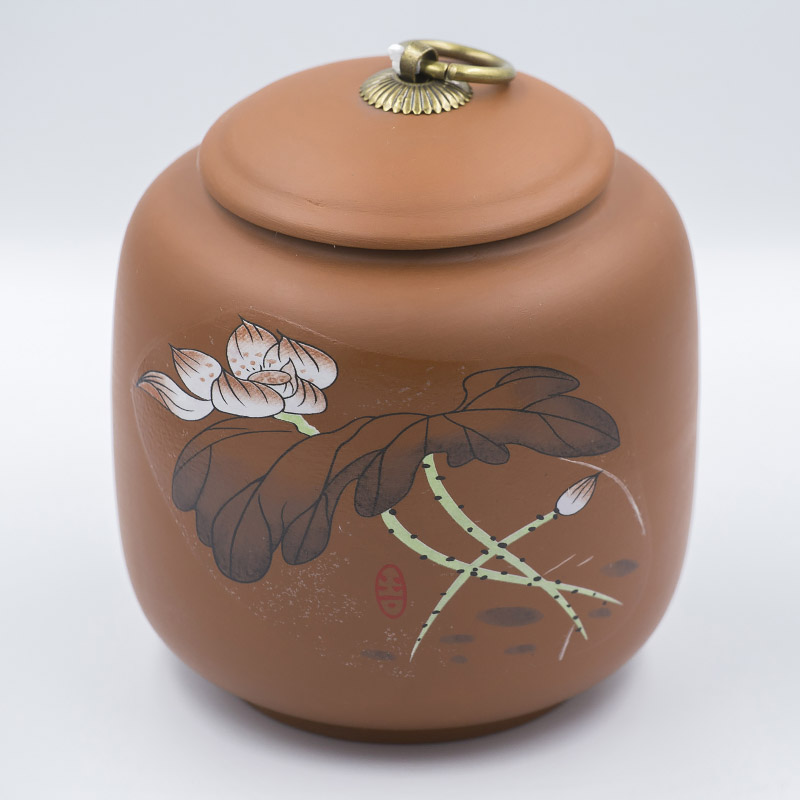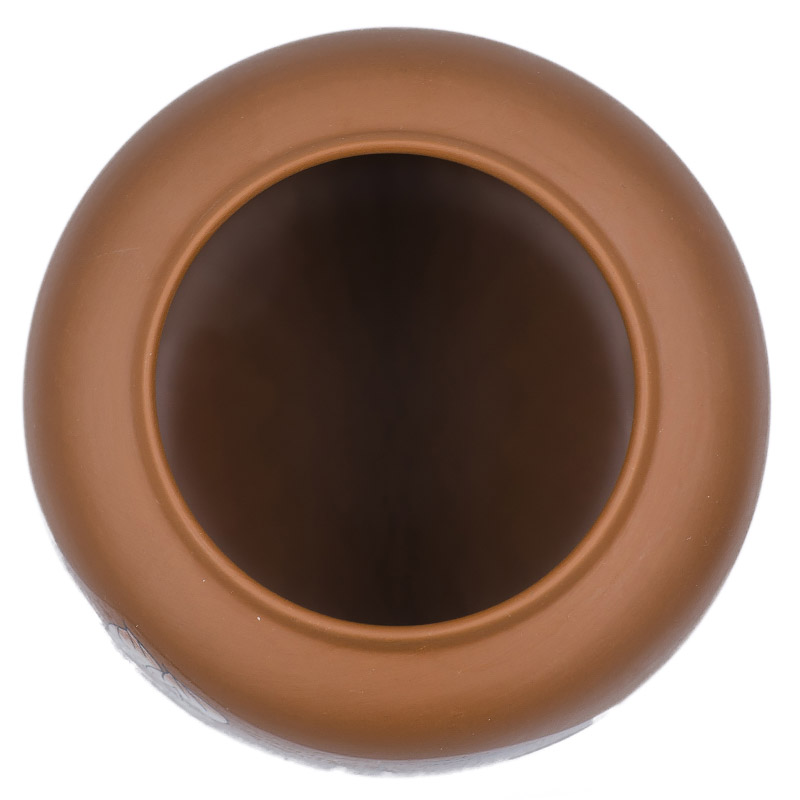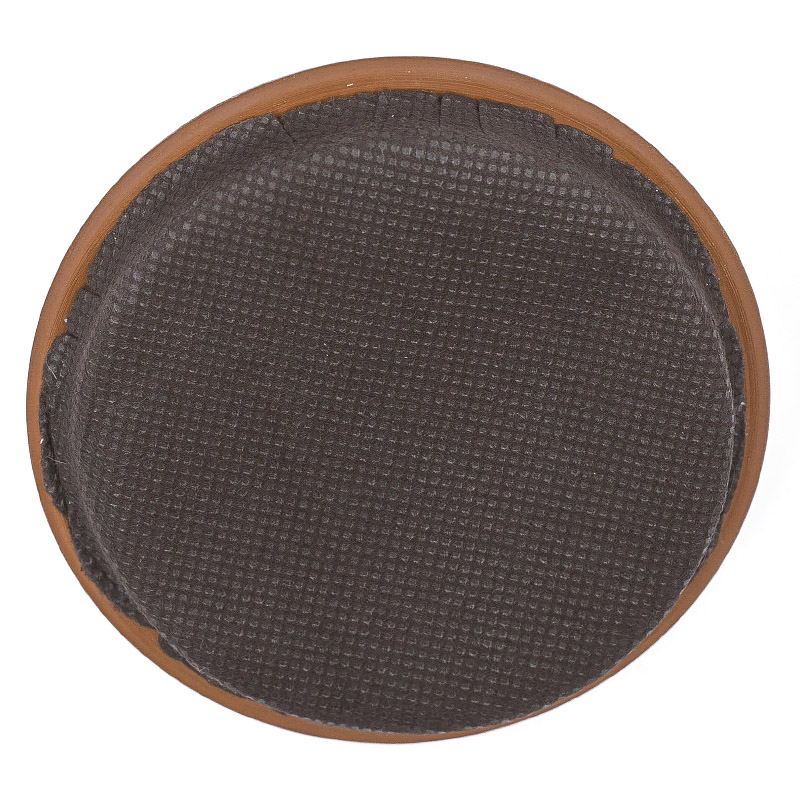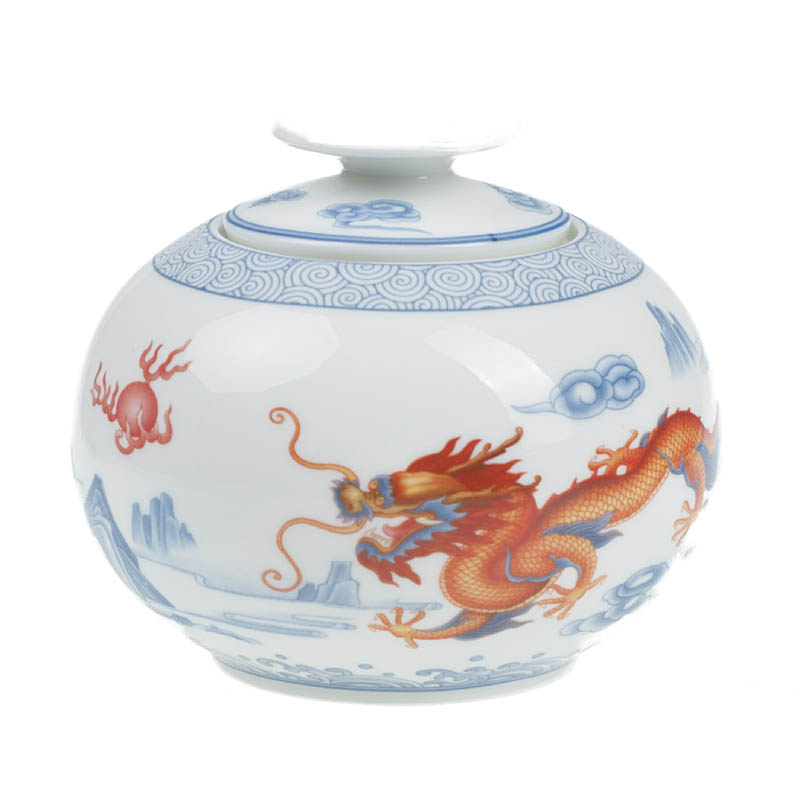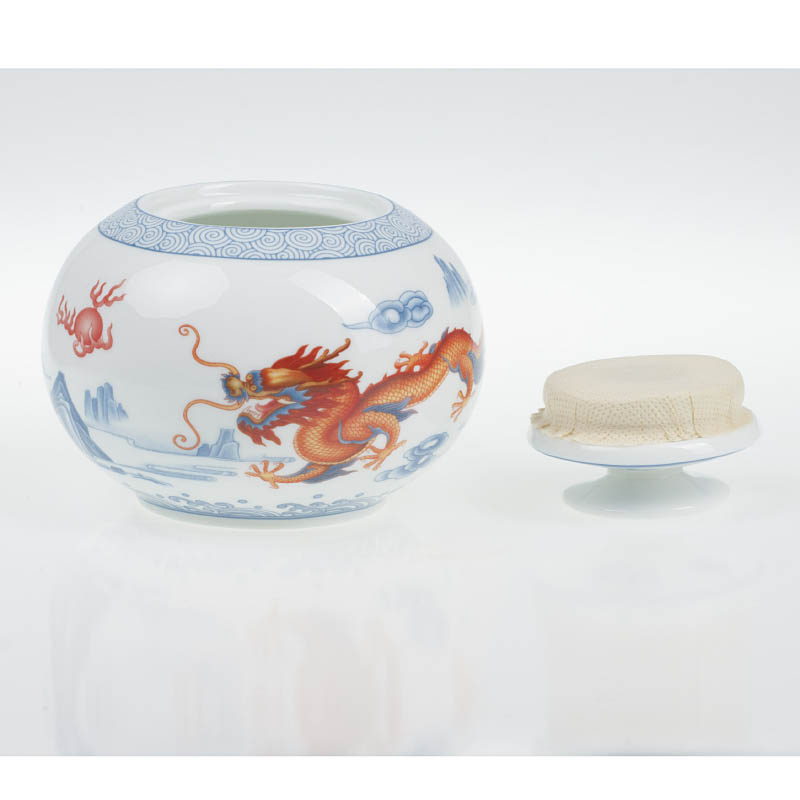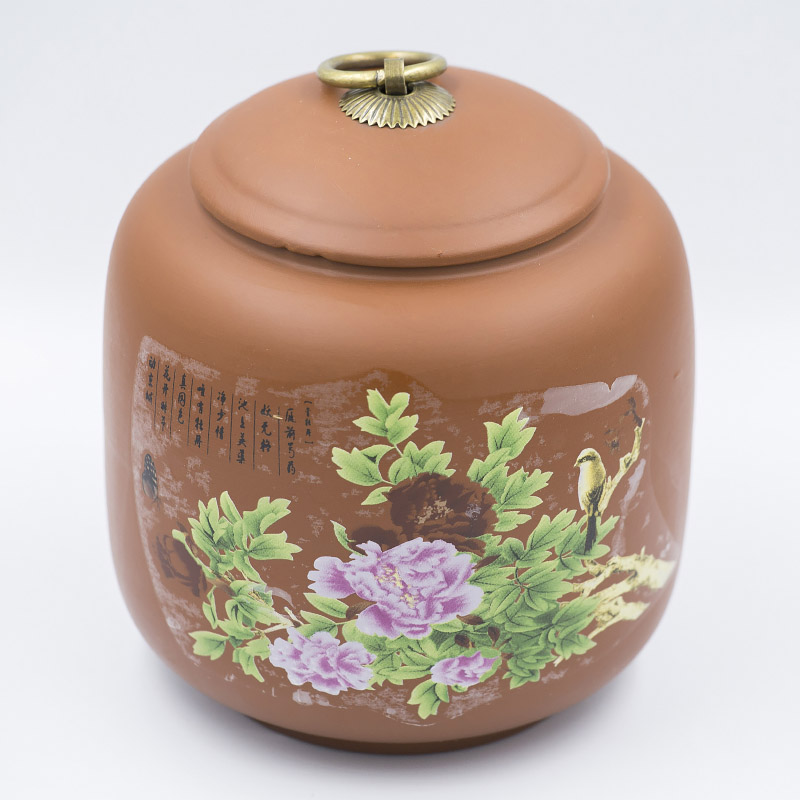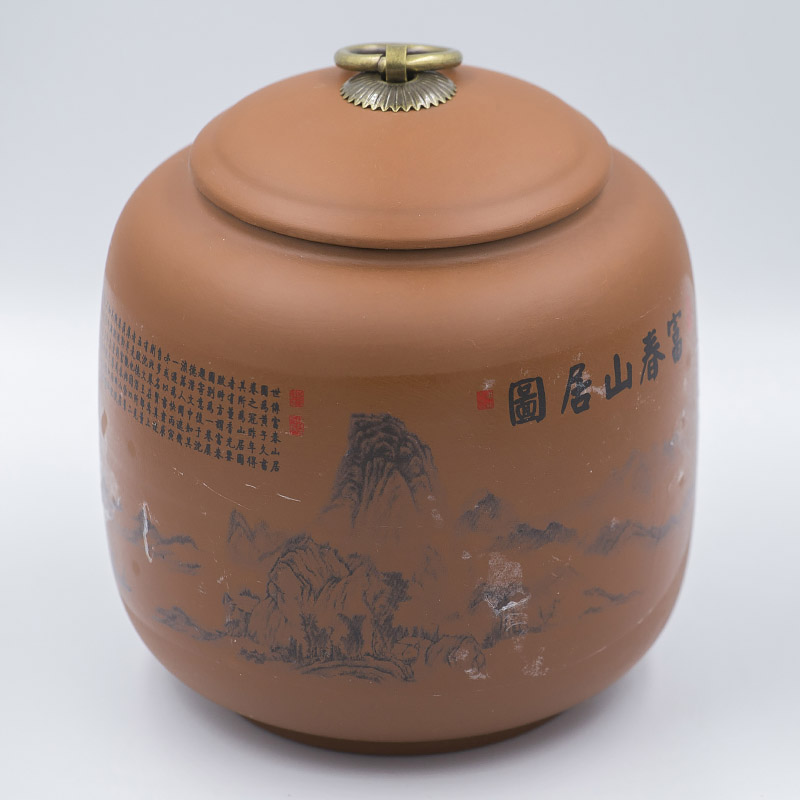Teapot: the right container for storing Chinese tea. Where and how to store elite varieties of Chinese tea ...
Tea connoisseurs and lovers of Chinese elite varieties know not only how to brew, but also how to properly store valuable raw materials. Among beginners and fans of ordinary teas, there is a misconception that dry tea leaves are products of long-term storage, and creating some special conditions for them is not at all necessary. Attention!!! Proper storage is one of the important factors that preserve the taste and aromatic properties of raw materials at the proper level. If the rules are violated, not only are the corresponding notes of taste and aroma lost, but also valuable properties evaporate. Tea becomes just a "drink", without eliteness, healing elements. The meaning of its use is completely lost. To avoid this, we suggest paying more attention to the information below.
First, let's remember the main varieties of Chinese tea:
- Pueraria,
- Oolong,
- White,
- Yellow,
- Green,
- Red,
- Black teas.
They are all stored differently. But before we move on to the secrets of their storage, let's remind ourselves and "tea" beginners how to distinguish fresh tea from old, poor-quality tea. This reminder will not be superfluous, since we do not recommend storing "fake" raw materials.
Let's say you buy Chinese tea of elite varieties in Kiev or Ukraine. Today they are sold both in specialized stores and in wholesale and retail online resources. With any of them you can arrange a tea ceremony. The question is: will the drink correspond to the freshness and naturalness inherent in it? This applies to the taste, aroma, and "lively" notes present in every elite Chinese tea. Show yourself a professional! Evaluate the raw materials for the main reasons, and you will understand that in front of you:
- Fresh tea leaves have a fresh feel, bright color, beautiful shape, and dense structure. Old tea leaves have a dull color, varying shapes, and a hard structure.
- If you touch fresh tea, it is alive and soft. When rubbed in the palm of your hand, it does not crumble quickly. The formation of lumps and balls means that the leaf is not completely dry, and storing it will be problematic. Old tea leaves are dry, easily turn into crumbs.
- If, when brewing, the leaves with a serrated edge quickly unfold, the transparent solution gives a jade, and later a yellowish tint, the aroma demonstrates purity, and the taste is mild - you have fresh tea. Old raw materials give a muted aroma, a cloudy infusion with a dull yellow tint. The leaves are sluggish, without a specific shape.
- Real tea, unlike fake tea, has a characteristic aroma, rich in essential oils and theine.
So, you have evaluated the raw materials. We hope that the purchase did not disappoint. Now the question is storage. But, first it is important to consider one thing: before ordering tea, ask the seller: where does he store the raw materials? The correct answer is in the refrigerator (except for pu-erh). If the tea is stored in glass jars, it has already lost its original properties.
Now the next stage: for example, you ordered 200 grams of green tea - what kind of packaging does the seller put it in? There is a professional and non-professional type. We need a professional one. These are special tea bags, tightly sealed, metallized, completely hermetic, which hold a vacuum inside, preventing moisture, high temperature, light, specific odors, and microbes from getting inside. If the seller provides these accessories - feel free to order tea!
And now about the general rules for storing elite Chinese tea varieties:
- Tea does not like open air! (The exception is pu-erh) The ideal option for this is the same airtight packaging or a special porcelain teapot for storing tea . Its tight-fitting lid will protect the raw materials from oxygen penetration, preventing the tea from becoming toxic.
- Light is the enemy of tea! An elite product prefers darkness, so never use glassware to store it. Sunlight and ultraviolet rays cause irreparable harm to tea leaves: the smell and taste change. The right option is a porcelain teapot for storing tea. Opaque porcelain is one of the best materials that protect the "work of the Celestial Empire" from light.
- Tea leaves containing terpenes and porous substances easily absorb foreign odors, losing their original taste and aroma. Therefore, it is necessary to keep the raw materials away from seasonings, spices, alcohol and other odorous substances. At the same time, each variety should not be influenced by the other. An excellent solution is a tightly closed porcelain teapot, which provides complete isolation of the raw materials.
- Avoid high humidity! Yes, Chinese teas, especially white, green, yellow, red, oolong (except pu-erh) are sensitive to humidity. Their storage location should be dry. If the humidity level exceeds 60%, the leaves will begin to degenerate and acquire negative toxicity, which will simply be impossible to fix. Sources of high humidity include both a boiling kettle and a dishwasher. An impeccable option is an impermeable porcelain teapot that does not let a drop of water through to the tea leaves!
- The raw material “does not like” heat! For it, a light coolness is a priority. High temperature deprives tea of its beneficial properties, destroying the polyphenols contained. This is especially true for green, white, yellow, light oolongs, which prefer room temperature (+10 + 12 °). Keep tea leaves in a porcelain teapot away from any heating devices (electric, gas, microwave ovens) and the taste and aroma of Chinese tea will delight you with true benefits! The ideal place is a refrigerator. And this is very important, especially in the climatic conditions of Ukraine, when heating is constantly on in the cold seasons.
- As for the storage period: in vacuum packaging - the best period is 4 months, in a porcelain teapot - 2-3 weeks. Black and red teas can be stored much longer.
Having familiarized yourself with the general storage conditions of elite Chinese teas, we can draw a simple conclusion: a porcelain teapot is an indispensable attribute for saving high-quality raw materials purchased in Kiev and Ukraine, but delivered from the tea provinces of the Middle Kingdom. It is not only functional, but also aesthetically beautiful! Like any porcelain item, it is associated with prestige and well-being. The teapot not only looks stylish and impressive in the kitchen interior, but is also a wonderful decoration for both everyday and festive tables. It will cheer you up even on the gloomiest day! Its exotic beauty evokes positive emotions, reminding you of your stable financial capabilities and good taste, which you can boast not only to your family members, but also to guests. Such an item of kitchen utensils will never go unnoticed! Original colorful drawings on porcelain, such as a fairy-tale dragon, give the products a special charm and artistic value. Such drawings during tea ceremonies will help to relax, get away from the bustle and everyday problems, "immerse" in the world of dreams and fantasies. And even fairy tales! With them, a special atmosphere is created in the house, full of warmth, comfort, lightness and romance.
We must not forget about the practicality and convenience of a porcelain teapot. Light ceramics are not only environmentally friendly, but also easy to use. Wash easily, rub with love, and it will delight you for a long time!
Now to the question "where to buy a teapot?", You know the answer. Here, in the specialized wholesale and retail online store "My Tea", the owner and employees of which treat each client with respect, placing him in the rank of "consumer friends" of elite Chinese tea varieties, conquering with their taste and aromatic beauty, famous all over the world! Remember: expensive tea must be stored not only correctly, but also beautifully! He loves attention and tea ceremonies with exquisite dishes and a positive attitude! Only in this case, he fully gives everything he has!
The cost of a teapot ... As you can see, the price of a porcelain product is quite laconic. Such a purchase can be afforded by any housewife who prefers to have in her home arsenal good quality dishes, made in original oriental motifs. It is not for nothing that aesthetes are amazed by its elegant forms and snow-whiteness of the material!

And finally, we can’t help but say about storing puer . It’s individual!!! Tea lovers know: over the years, the astringency, grassiness and bitterness of young puer go away. In their place, sweetness and softness appear, and the aroma acquires nutty, fruity notes. Puer is a unique variety. With proper and comfortable storage, it will surprise with its versatile taste for many years: every year it will become tastier, brighter and more spectacular. To a greater extent, this applies to “shenam”, since “shu” puer are already “aged” and it makes no sense to store them for years. And nevertheless, this information applies to two types, since “puer pancakes” are not drunk immediately, and are in the house for a certain time.
What conditions are ideal for pu-erh?
- It needs fresh air! If with other teas it is the other way around - they have to be in complete isolation, pu-erh "does not like" sealed, airtight tea bags and teapots. Otherwise, there is a great risk of getting from the package not fragrant raw materials, but a soggy pancake, which gives an incomprehensible taste and a cloudy infusion. In such conditions, it can even become moldy. Conclusion: pu-erh needs free space.
- Pu-erh is a tea with endless fermentation, in which oxygen, microorganisms, enzymes participate. It is “alive”, in the full sense of the word. For beginners, the fermentation process proceeds perfectly at a certain humidity of the air (ideally: up to 60%). In dry air, fermentation stops and all bacteria and fungi die. The raw material oxidizes, acquires a dark color and a significant astringency in taste. Too high humidity is also dangerous: under its influence mold appears, the “pancake” spoils.
- Optimum temperature. Pu-erh, like a person, feels great at a temperature of +20 + 22 °. At very high degrees - the fungi become too active, at low - they cease their activity. As you understand, both significantly harm the tea leaves, therefore, adversely affect the taste, aroma and healing properties of the drink.
- Pu-erhs "love" company! Only their own! Sheny - Shenov, shu - shu. To which they react wonderfully: old to young. In this case, there is a high probability that the ripening of young leaves is accelerated.
- Elite pu-erh, like all prestigious, first-class, prefers increased attention to itself. This does not mean that you should sing him serenades. But, occasionally check whether everything is in order with him, it is worth it. And do not forget - he does not like dust! Just store it in its "native" packaging.
- As with any Chinese tea, Pu-erh (both loose and pressed) is negatively affected by foreign odors. Over time, it is simply impossible to get rid of them! Never store Pu-erh near spices, coffee, or other types of tea. Their aromas will settle in the Pu-erh raw material, and it will forever lose its taste and aromatic elitism.
- Light. While other varieties fear it like fire, this species adores sunlight and artificial light rays. Their photons accelerate oxidation and change the tea - the infusion takes on a reddish color, the taste becomes sour.
- Where to store pu-erh? You will be surprised, but the best place for its "life" is a wooden bookcase. Tea pancakes can be stored in it for up to 4 years, and you can break off a piece from them every year and evaluate the taste and aroma properties. Believe me, even a few months affects the infusion. If the "pu-erh pancake" becomes "oak" over time - the best option is to hold it over steam until slightly soft.
You should not be skeptical about storage conditions. They have been produced for centuries. And only their observance allows you to not violate the value of Chinese tea, which can not only enrich the body with useful substances as a whole, but also give each of us the opportunity to enjoy the taste and aroma of the once "imperial" drinks.
